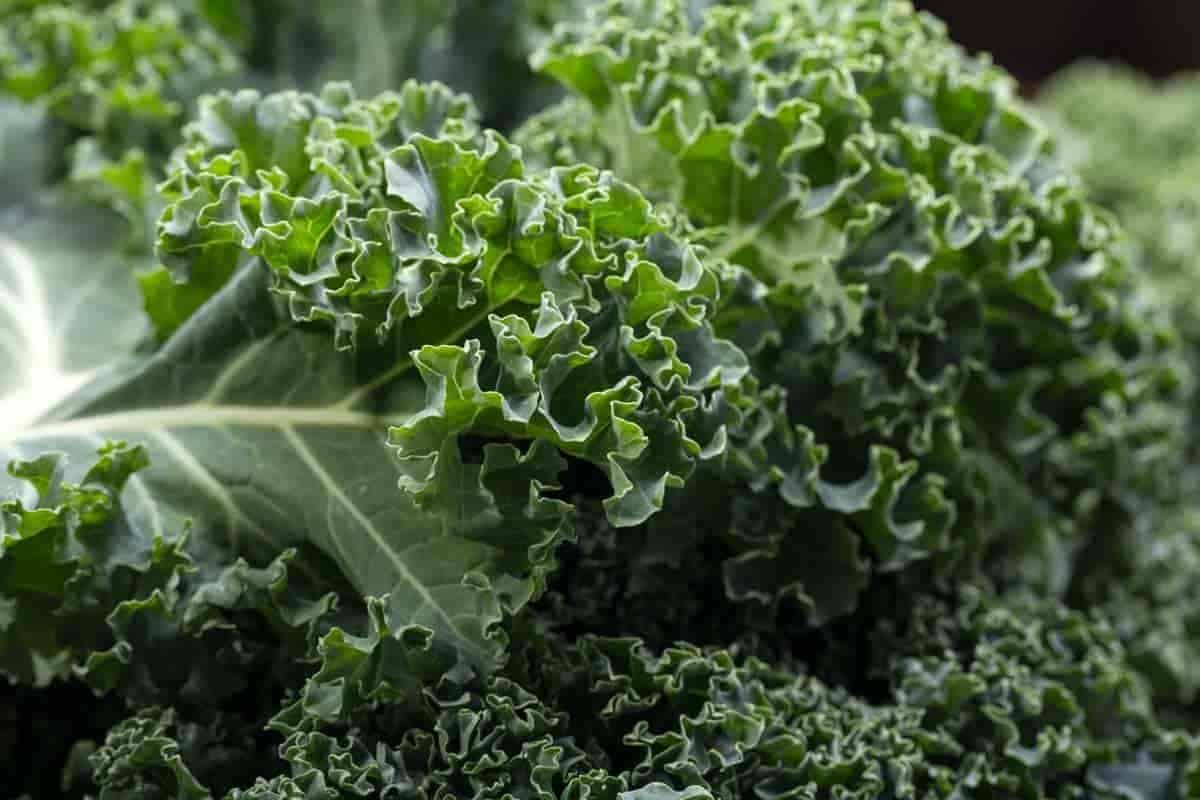
Kale is a very hardy plant to grow in the vegetable patch and is a ’must’ if you haven’t already considered it. It grows best during the cooler months and is very frost tolerant. But get it started in Autumn, you will then be able to enjoy your harvest for quite a long period of time - certainly through the following winter.
Kale is very high in a large range of vitamins, minerals and antioxidants. For this reason, it is considered to be a “super-food”.
How to Plant Kale
In order to take advantage of the best growing and harvesting opportunities for Kale, it is best planted as seedlings or starters in early autumn.
Like all brassicas, kale is susceptible to Club Root. To minimise the risk of this, ensure that you sweeten the soil with some dolomite. Also, the soil should also be prepared with some blood & bone, compost and well-aged manure. Nitrogen is critical to leaf development, and unlike brassicas such as broccoli and cauliflower, it is leaf development that you want. Well-aged chicken manure is a good source of nitrogen.
How to Care for Kale plants
Kale does require regular watering, but take care to not overwater it - nice moist soil is optimum, but not “wet” soaking soil. In addition to this, you should mulch around the base of the kale in order to minimise water loss from the soil, protect against heavy frosts and prevent the growth of weeds.

What Pests Affect Kale Plants
There are several pests that affect kale, but the one that you will need to be most vigilant for is the White Cabbage Moth. This moth lays eggs from which caterpillars that are sometimes referred to as Cabbage Worms emerge.
Each of the following articles describes some good methods for dealing with the cabbage moth pest …. however, preventing them from laying their eggs is by far the best and safest:
How to Harvest Kale
Basically, you can harvest kale leaves at any time. Select leaves that are a size that are suitable for your needs - probably around 20 to 30 centimetres long. The main rule is to ensure that you select lateral leaves and not those from top of the plant - this is the growing section of the plant. Picking leaves at the top will significantly reduce what that plant will provide you with for the season.
What are the Benefits of Kale
The following article by Plant Care Today explains the many benefits and uses of kale. It is well worth having a read of it: Science Confirms Life-saving Benefits of Kale
I am an educator and passionate gardener and traveler. Throughout my adult life, gardening has been my passion, therapy, drive and source of purpose. Even as a child I had an intrinsic interest in plants and a desire to understand what makes them grow.
I distinctly remember the moment this began - my family was on one of our regular road trips from Hervey Bay; Australia. We were driving past a field of sugar cane. Dad pulled the car over and we cut a couple of sugar cane stems and brought them home for a treat. To be honest, I didn’t really like the taste, but I did want to try and grow it; and that is exactly what I did. It was then that my fascination, interest and passion for gardening and understanding plants began.
Fast forward a few years and I studied biological sciences and began what would be a 36 year career as a Biology educator. From this, I don’t only love gardening, but I also love helping others learn about gardening. I am also always looking for new ways to develop my own gardening knowledge. I like to think I am truly a life-long learner.
Fundamental to my beliefs about education is that learning is often best done as a part of a community - learning from others, and helping others to learn. It is this type of community that I hope iCultivate will be for its members - a community of gardeners, keen to share their gardening knowledge and wanting to learn about new ways to garden - a community built on the love of gardening.











Get involved!
Comments